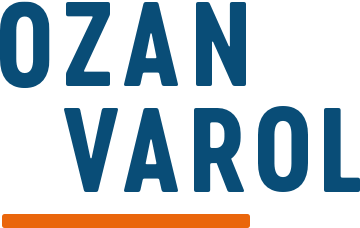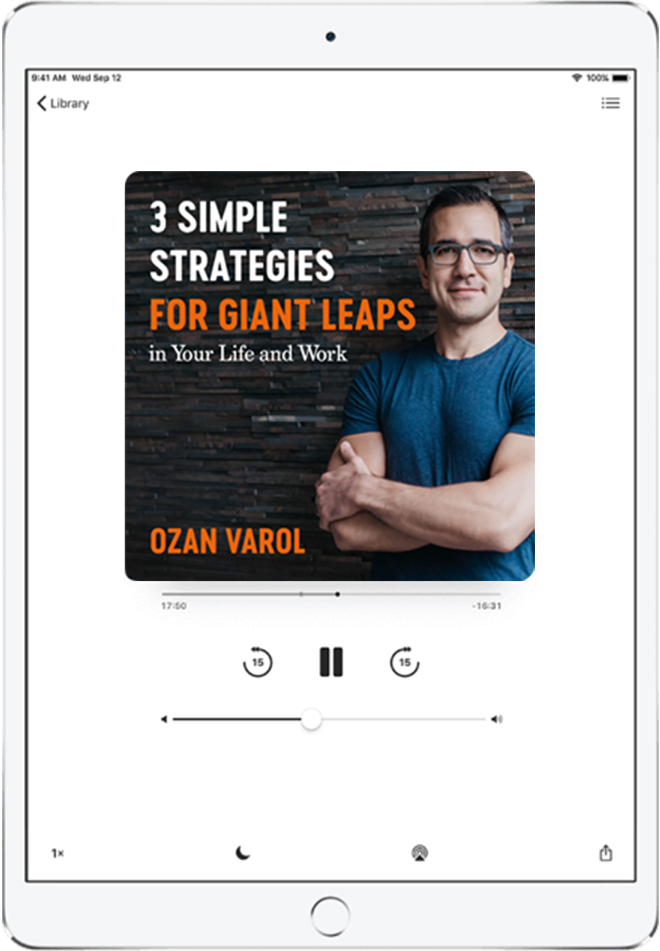Back in 2010, I made a life-altering decision. At the time, I was a practicing lawyer at a litigation firm in San Francisco. I loved living in the Bay Area and working with a great group of lawyers, but I had grown tired of thinking of my life in six-minute billable increments. I began thinking about leaving the practice of law entirely and entering academia.
I spent months agonizing over the decision, manufacturing every pro-and-con list imaginable, and consulting numerous people (who inevitably gave me conflicting advice).
Enter analysis paralysis. It felt easier to do nothing—to maintain the status quo—than to take a leap of faith.
I know I’m not alone here. When we’re about to make an important decision, we demand perfect information and absolute certainty. We don’t start walking forward until we find an approach that’s guaranteed to work (and preferably one that comes with job satisfaction and a six-figure salary).
There are several causes of analysis paralysis, but I’m going to focus on one here: A false assumption that each decision we make is final and irreversible.
If we take a leap into the unknown, we assume there’s no turning back. If we take a new job, if we move to a new city, if we buy a new house—and things don’t work out the way we hoped—we believe life as we know it will come to an end.
But here’s the thing: Not all decisions are created equal. There’s a difference between what Jeff Bezos calls irreversible one-way door decisions and reversible two-way door decisions.
Contrary to our assumptions, most of our excursions into the unknown come with a two-way door. As Richard Branson writes, “You can walk through, see how it feels, and walk back through to the other side if it isn’t working.” You just have to leave the door unlocked.
This was the epiphany that propelled me forward when I was struggling with whether to leave my job. I was assuming this was a one-way door decision, but the assumption was false. I hadn’t burned any bridges. I had built solid connections and could always go back to practicing law, if not at the same law firm then somewhere else. In other words, I could walk through the door of academia, and if I didn’t like what I saw, I could turn around and walk back out.
This was the approach Richard Branson followed when he launched his new airline, Virgin Atlantic, back in 1984. Motivated to avoid joining numerous failed airlines littering aviation history, Branson struck a deal with Boeing that allowed him to return the first plane he bought if his airline didn’t take off. Branson took what looked like a one-way door and turned it into a two-way door, allowing him to walk out if he didn’t like what he saw.
To be sure, some decisions are the irreversible, one-way kind. There’s no turning back from having children or betting your company on a major investment. For these decisions, careful and methodical deliberation is necessary before you take the plunge.
But the vast majority of decisions we make fall into the two-way door category. When walking back out is possible, you don’t need to put yourself through an agonizing decision-making process or get tied up in months of approval through the corporate hierarchy. It’s easier to decide quickly, enter the room, and walk back out if you don’t like what you see.
The next time you’re making a decision, ask yourself, Is this a one-way door or a two-way door? If it’s a two-way door, decide and move quickly.
If it appears as a one-way door, ask yourself whether your interpretation is correct. Most decisions that initially appear to be irreversible are actually two-way doors masquerading as one-way doors.
If you look carefully, you may find a doorknob hiding on the other side. And if you don’t find a doorknob, you can always take a page from Branson’s playbook and create one.




